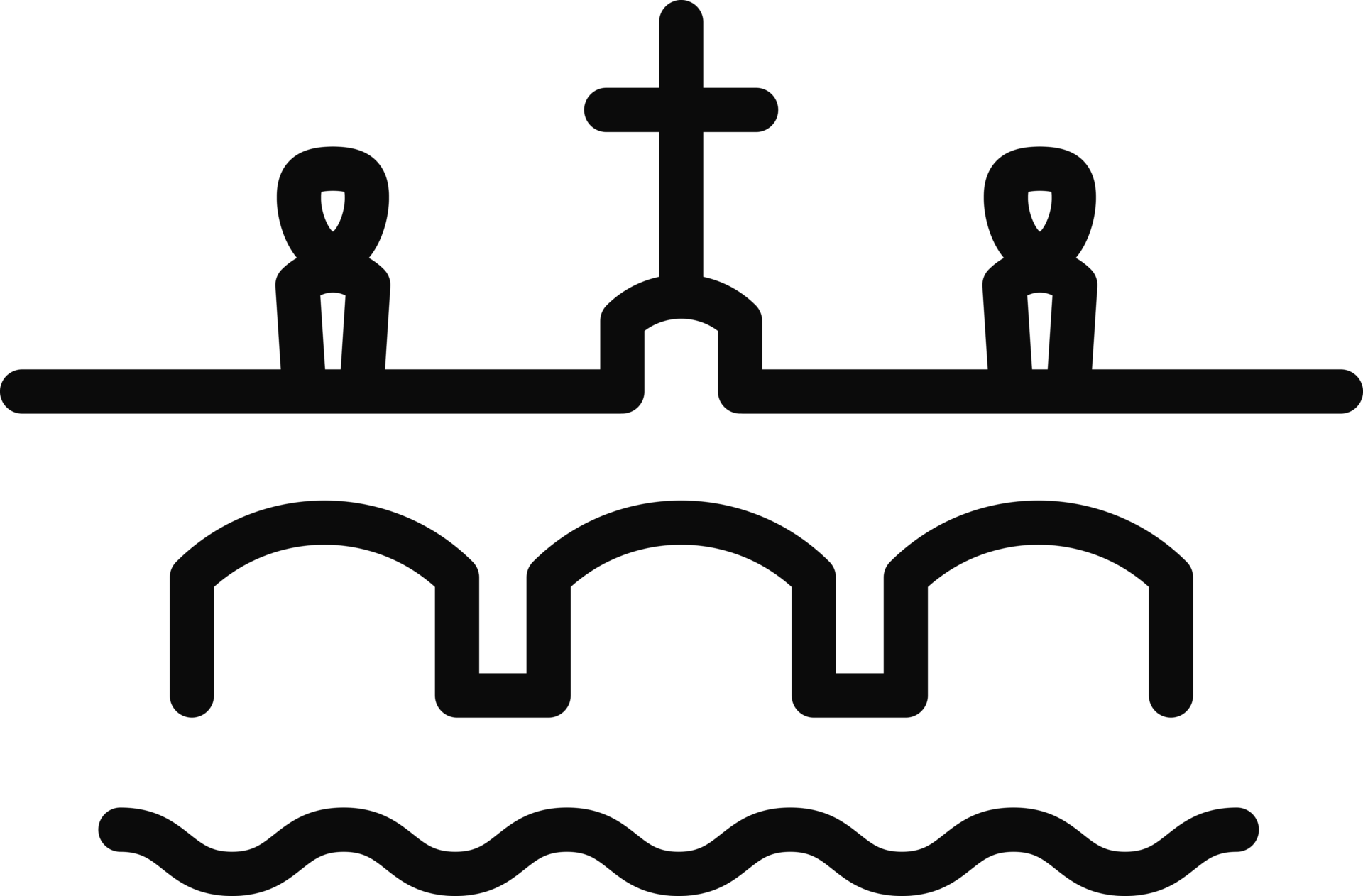St Nicholas Church
Slightly smaller and not quite as rich as the Church of St Nicholas from the Lesser Town, the Church of St. Nicholas on the Old Town Square undoubtely ranks among Prague’s most admired and visited monuments. Can you imagine that it has stood the test of time and the significant events of history for the last eight centuries? This place of worship was mentioned in the historical records as early as in 1273. Originally it served as a parish church, where Hussitism and the Reformation used to be preached. In the 17th century the church became the property of Benedictines, and was later severely damaged by the fire.
Kilian Ignác Dienzenhofer
In 1730s, it was rebuilt in the Baroque style to the design of the outstanding architect Kilián Ignác Dienzenhofer. The Church of St Nicholas represents one of Kilian’s best works and reminds us of his other masterpieces such as the Church of St Nicholas in the Lesser Town.
St Nicholas Church During 18th And 19th Century
Difficult times followed. The Church was closed during the reign of the emperor Joseph II, was desecrated and turned to secular use. The building was converted into a granary for a while and then used as a registry archive. It was not returned to the Church until 1871, when it became the property of the Russian Orthodox Church. An interesting feature is the splendid crystal glass chandelier which was made in Harrachov glass works in the northern part of Bohemia. It was donated to the Orthodox church by the Russian czar Nicolas.
Pseudo-Baroque Style
In the 20th century the church was modified into a pseudo-Baroque style. In the course of these alterations, paintings and statues were added and a life size sculpture of St Nicholas was placed in the niche of the church.
St Nicholas Church Today
Since 1920 this magnificent Church of St Nicholas has been the property of the Czechoslovak Hussite Church. The monumental building is dominated by two beautiful greenish Baroque towers and a dome that can be seen from all over the old town centre. The interior of the church is accessible every day except Sundays when a Holy Mass is held here. Religious and classical music concerts also take place in the church occassionally.
St Nicholas Church at the Old town Square is just 20 minutes walk from our hostel, book from wide selection of rooms and apartments!




